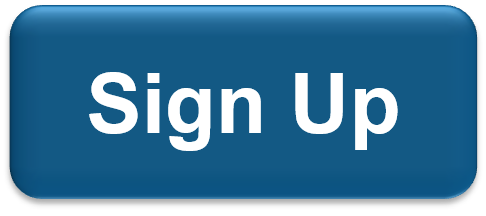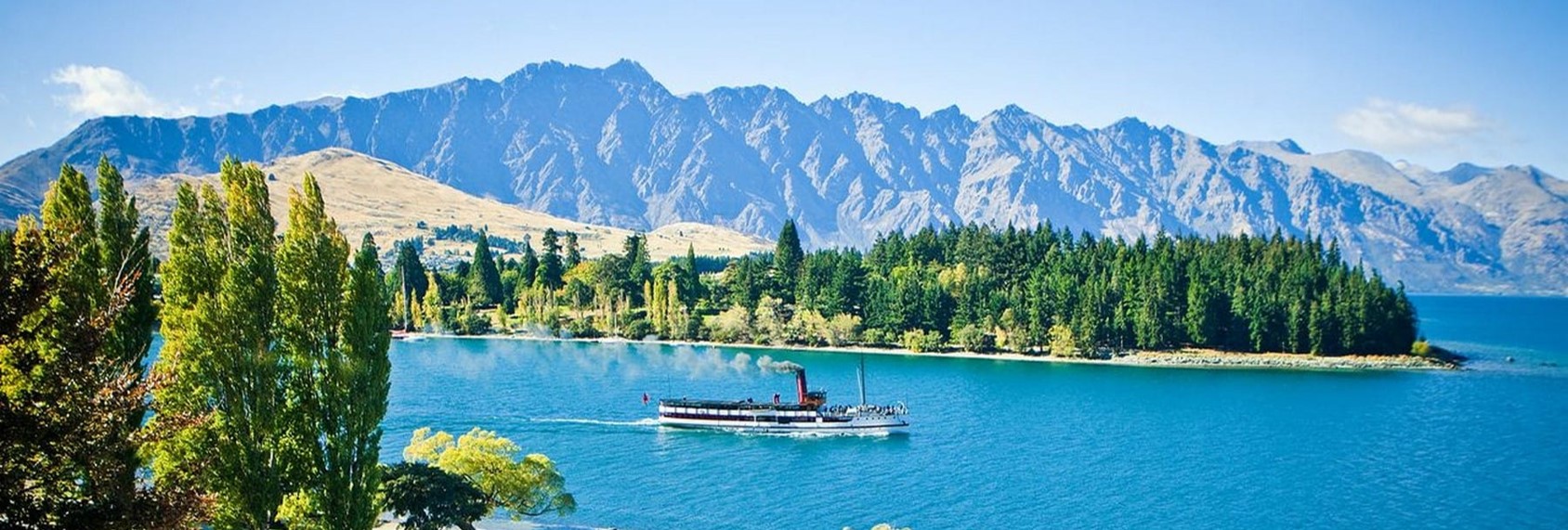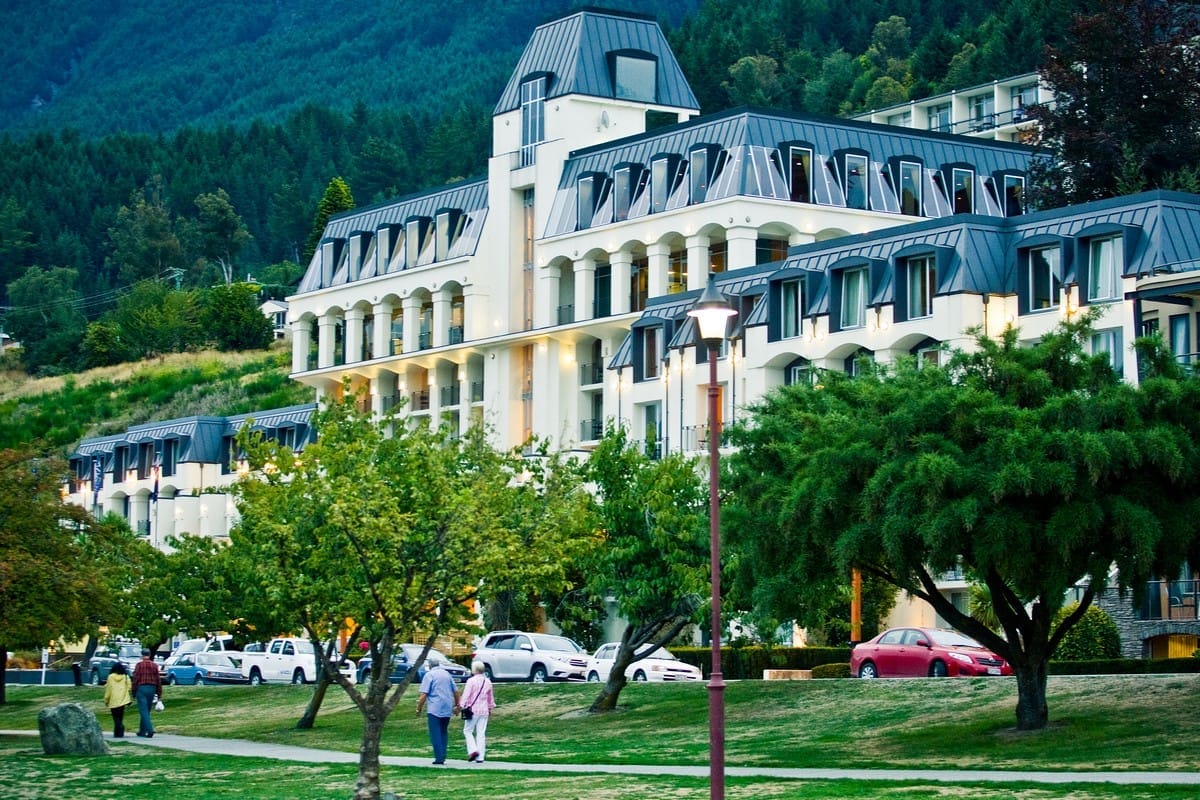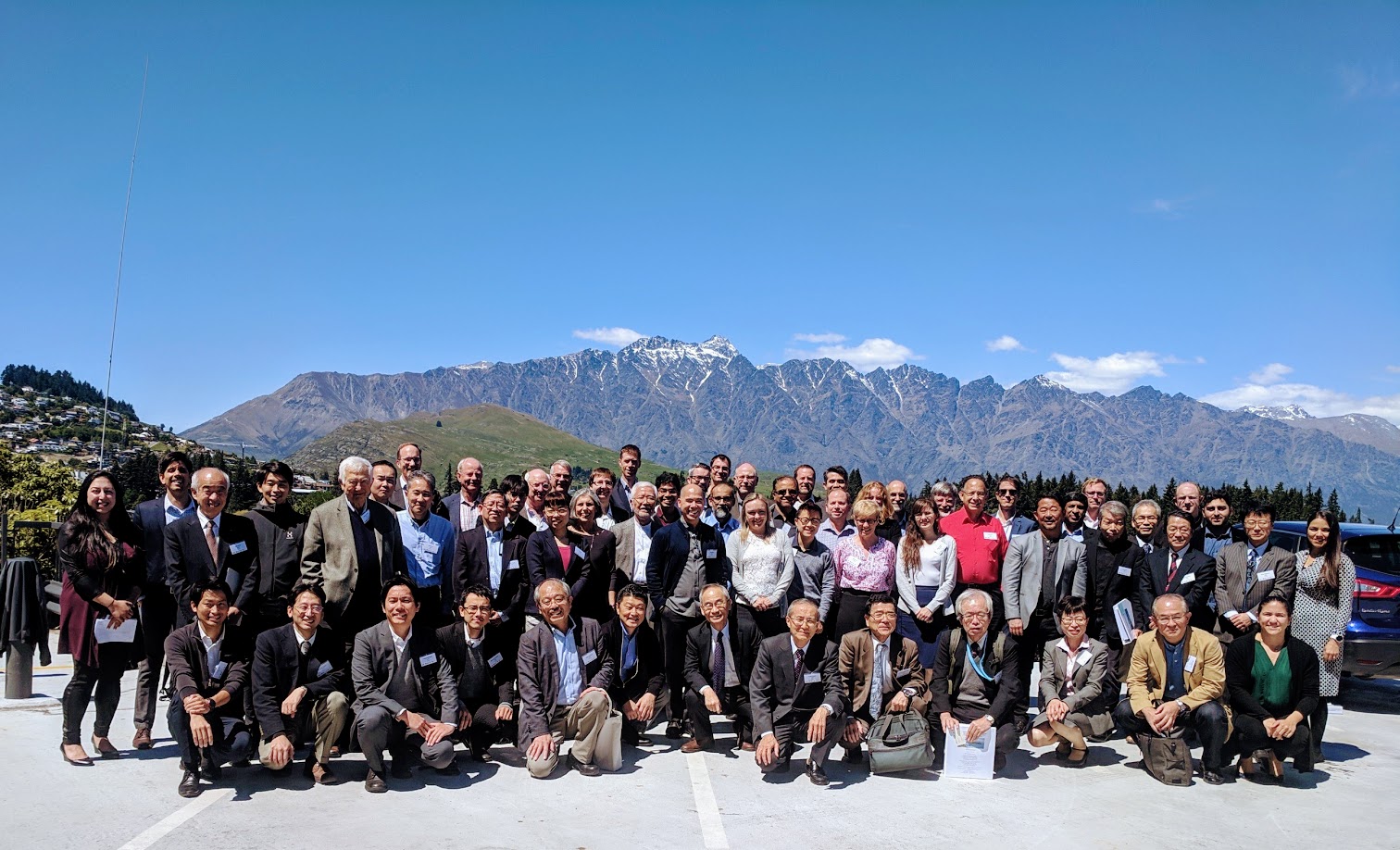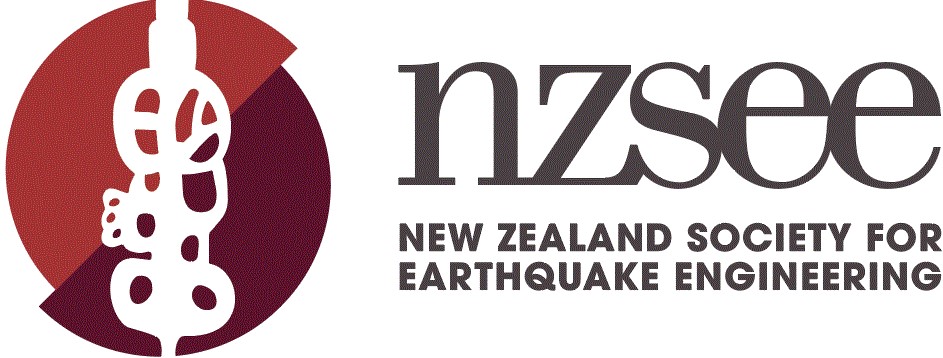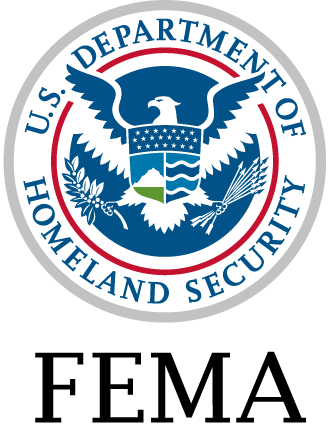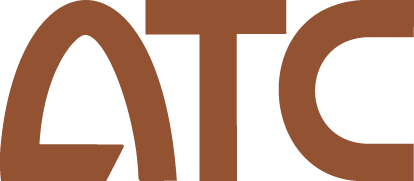ATC-15-15:
16th U.S.-Japan-New Zealand Workshop on the
Improvement of Structural Engineering and Resiliency
PROJECT OVERVIEW
Title: 16th U.S.-Japan-New Zealand Workshop on the Improvement of Structural Engineering and Resiliency
Project Status: This Workshop was conducted on June 27-29, 2016 at the Todaiji Temple Cultural Center in Nara, Japan.
Sponsors: Applied Technology Council (ATC), the Japan Structural Consultants Association (JSCA), the New Zealand Centre of Research Excellence (QuakeCoRE), and the New Zealand Society for Earthquake Engineering
PROJECT SUMMARY
The Purpose of the Workshop was to discuss and develop policy recommendations for improved community resilience based on topics related to current state-of-practice, innovative engineering solutions, and emerging resilience technologies. A special focus of the Workshop was on post-earthquake repair and assessment of residual capacity of earthquake-damaged buildings.
This Workshop was the 16th in a series that began in 1984 and has been repeated every two or three years. Previous workshops have been held in California (San Diego and San Francisco), Hawaii (Honolulu, Kauai, Kona, Kohala Coast, and Maui), Japan (Kobe and Tokyo), and Victoria, British Columbia. For this workshop, the program was expanded to include representation from New Zealand in addition to the United States and Japan.
- Resilience is not just an engineering problem. We need to engage with society, and create buy-in for what is needed for resilience and what that means to non-engineers.
- We need to consider siting and land-use planning impacts on performance.
- Damage and loss are not the same thing. Damage does not necessarily mean loss. We need to minimize loss (e.g., repair costs, downtime, injury, life loss).
- We need to better understand the link between component-based design and system level performance.
- Codes provide us a minimum standard. We need to evolve to promote best practices for serving society.
- Communication is important. We need multi-language, multi-cultural sharing of information.
- The participating organizations resolve to collaborate on the development of residual capacity guidelines.
- Holistic design principles should be considered with innovative solutions.
- We need innovative design for construction types that represent the most common types of buildings (not just special or important structures).
- Seismic risk is not the only risk (e.g., tsunami, fire, multi-hazard).
- We must not forget the basic life-safety intent of the codes.
- We must address the risks in our existing building stock.
- We need to document successes so that we know where codes are working.
- Conservatism in design and construction should be considered in a commercial context. We need to communicate the case for conservatism.
- We need to adapt our seismic technologies and share appropriate technologies (and processes) with developing countries.
- The cost-benefit ratio of nonstructural bracing needs to be considered (including consideration of downtime and design fees).
- Structural response can impact nonstructural damage exposure. Holistic structural and nonstructural design is needed (especially for new construction).
- For success in nonstructural implementation, we need to take advantage of the broader partnerships in the building industry: design, regulation, enforcement, and manufacture.
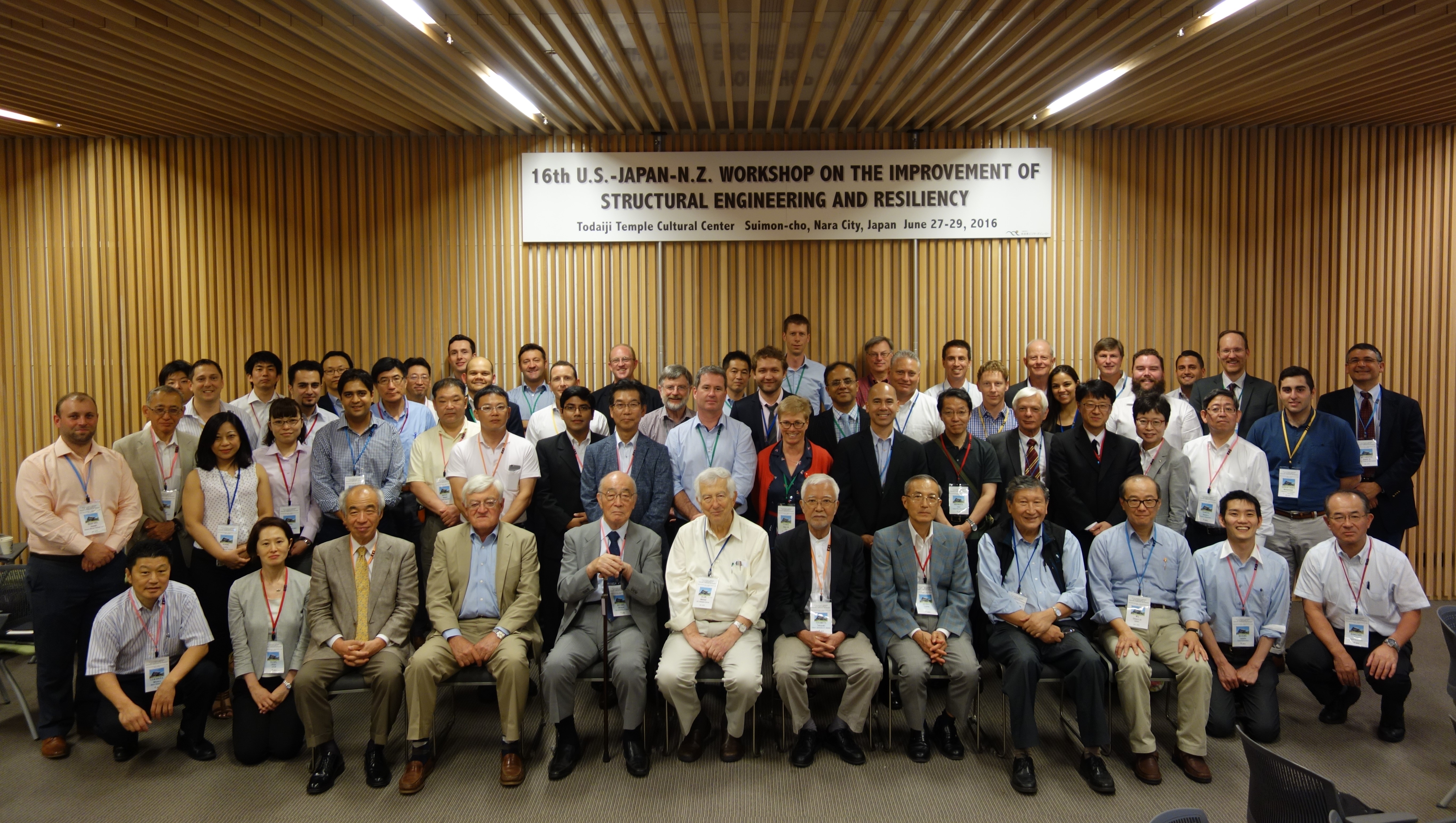
| Session I: Resiliency Based Engineering Chairpersons: Kawamura (Japan); Heintz (US) |
||||
| Paper Number | Paper Title | Author(s) | Presentation | Paper |
| 1. | Engineers: The Forgotten Stakeholder in the Resilience Conversation | J. Heintz* | View Presentation | View Paper |
| 2. | On the Resiliency of Power Grids after Earthquakes | J. Eidinger* and A. Tang | View Presentation | View Paper |
| 3. | Modal Decomposition and Behavior of Free Vibration Response with Grounding and Uplifting | T. Masuno* | View Presentation | |
| 4. | Improving Resiliency by Designing for Community Needs | V. Cedillos* | View Presentation | View Paper |
| 5. | Balance and Harmony | D. Mar* | View Presentation | |
| 6. | Resilience and Earthquake Engineering | P. Yanev* | View Presentation | View Paper |
| 7. | Performance versus Compliance | R. Jury* and A. Stirrat | View Presentation | View Paper |
| 8. | Current Direction for Improving Structural Engineering and Resiliency in New Zealand | M. Stannard* | View Presentation | View Paper |
| Session II: Post-Earthquake Repair and Residual Capacity Chairpersons: Celebi (US); Elwood (NZ) |
||||
| Paper Number | Paper Title | Author(s) | Presentation | Paper |
| 1. | Rapid Fatigue Damage Assessment for Earthquake Losses: Stochastic Model and an Example from Christchurch, NZ | J.B. Mander, G. Rodgers*, and D. Whittaker | View Presentation | View Paper |
| 2. | Assessing the Seismic Residual Fatigue Life of Reinforced Concrete Frame Buildings: A Proposed Framework | A. Cuevas Ramirez* | ||
| 3. | Residual Seismic Capacity Evaluation and Damage Classification for Reinforced Concrete Buildings | M. Maeda* | View Presentation | |
| 4. | Post-Earthquake Residual Capacity of Damaged Reinforced Concrete Buildings | K. Elwood* | View Presentation | View Paper |
| 5. | Determination of the Post-Earthquake Capacity of an Eccentrically Braced Frame Seismic Resisting System | C. Clifton and G. Ferguson (presented by K. Elwood*) | View Presentation | View Paper |
| 6. | Significance of Beating Effects Observed in Earthquake Responses of Two Tall Buildings | M. Çelebi*, F. Ghahari, and E. Taciroglu | View Presentation | View Paper |
| 7. | Earthquake Performance of a Three Story Actual Sub-Standard Building | M. Comert*, C. Demir, A.O. Ates, K. Orakcal, and A. Ilki | View Presentation | View Paper |
| 8. | Residual capacity of RC frame with walls based on full-scale loading test | T. Mukai* | View Presentation | |
| 9. | Insights from Intensive Assessment Analyses – The Benefit to Targeted Performance Enhancement for a Christchurch Ductile RC Moment-Frame Building | D. Pettinga* and T. Kelly | View Presentation | View Paper |
| Session III: Innovative Structural Design for Large Earthquakes Chairpersons: Regos (NZ); Nishimura (Japan) |
||||
| Paper Number | Paper Title | Author(s) | Presentation | Paper |
| 1. | Seismic upgrading of existing high-rise buildings utilizing newly developed tuned mass damper, oil damper and steel damper | N. Haneda*, H. Kurino, and Y. Kurokawa | View Presentation | |
| 2. | Structural Design of Tall Damped Building with Irregularly-Shaped Plane and Elevation for Large Earthquake | Y. Okuno* | ||
| 3. | Testing and Application of Low Damage Technologies for Bridges in New Zealand | S. White*, P. Routledge, and A. Palermo | View Presentation | View Paper |
| 4. | Structural design of high seismic performance twin tower by employing different structural system for each tower | S. Yoshida* | ||
| 5. | Study on Dynamic Behavior of Wooden Horizontal Hybrid Structure Involving Stiff Cores | Y. Yamazaki*, H. Sakata | View Presentation | |
| 6. | Effect of Column Modeling Parameters on Collapse Behavior of RC Building | A. Matamoros*, A. Suwal, and A. Lepage | View Presentation | View Paper |
| 7. | An Experimental Study on the Buckling Stability of Laminated Rubber Bearings under Large Lateral Deformation | I. Nishimura* | ||
| 8. | Cyclic Tests of Cylindrical Concrete Containment Structures and Their 3-D Finite Element Predictions | T. Hsu* | ||
| 9. | Behavior of Precast Structural Walls Post-Tensioned by Unbonded Tendos in Shaking Table Tests on Actual-Size 4-Story Prestressed Concrete Building | L. Bedrinana*, M. Raouffard, and M. Nishiyama | View Presentation | |
| 10. | Behavior of structural walls of 1/3-scale 6-story reinforced concrete building in shaking table tests | M. Nishiyama*, Y. Idosako, M. Sakashita, K. Sugimoto, Y. Masuda, and H. Katsumata | View Presentation | |
| Session IV: Risk Identification and Reduction Chairpersons: Kennedy (US); Haneda (Japan) |
||||
| Paper Number | Paper Title | Author(s) | Presentation | Paper |
| 1. | Design of Structures for Target Risk Using Nonlinear Analysis | M. Dolsek* | ||
| 2. | Structural Morphogenesis for Tunnel-Shaped Frame Structure | D. Wada* | ||
| 3. | Evaluation and Performance of Taiwan Housing and Schools in the Tainan/Meinong Earthquake | R. Gilsanz, C. Huang, J. Mandrick, J. Mugford*, S.J. Hwang, T.C. Chiou, and M. Celebi | View Presentation | View Paper |
| 4. | The Role of Nonlinear Damping Measurement in Identifying Damage, Tracking Ageing and Design Prediction | T. Winant* and A. Jeary* | ||
| 5. | The Anatomy of Regulatory Reform for Buildings: The Role of Equity | A. Brower* | View Paper | |
| 6. | Laboratory Tsunami Loading Experiments on Buildings, and Comparison to U.S. and Japanese Standards | A. Kennedy* | ||
| Session V: Earthquake Response and Recovery Chairpersons: Yanev (US); Shinozaki (Japan) |
||||
| Paper Number | Paper Title | Author(s) | Presentation | Paper |
| 1. | Kumamoto | M. Takayama* | View Presentation | |
| 2. | Kumamoto | K. Morita* | ||
| 3. | Kumamoto | P. Yanev* | View Presentation | |
| 4. | Nepal | K. Miyamoto | ||
| 5. | Nepal | R. Dhakal* | View Presentation | |
| 6. | Ecuador | K. Miyamoto* | ||
| 7. | Christchurch | N. Regos* | ||
| Session VI: Engineering and Technology in Developing Countries Chairpersons: Jury (NZ); Okoshi (Japan) |
||||
| Paper Number | Paper Title | Author(s) | Presentation | Paper |
| 1. | Can Big Data Approaches Help Earthquake Engineering in Underdeveloped Countries? | I. H. Cho*, I. Song, and R.K.W. Wong | View Presentation | View Paper |
| 2. | Reconstruction Assistance to Damaged Building in Nepal Earthquake 2015 | T. Okoshi* | View Presentation | |
| 3. | Preparing Earthquake Disaster in Emerging Nations: The USAID “PREPARE” Program in Costa Rica and Colombia | K. Miyamoto* | ||
| Session VII: Resiliency of Non-Structural Elements Chairpersons: Mar (US); Mori (Japan) |
||||
| Paper Number | Paper Title | Author(s) | Presentation | Paper |
| 1. | JSCA’S Efforts on the Safety of Non-Structural Elements | T. Teramoto* | View Presentation | |
| 2. | JSCA’s Recommendation “Design and Detail of Non-structural Elements for Structural, Building and Building-Equipment Engineers” | A. Osada* | View Presentation | |
| 3. | Preliminary Guidelines for Enhanced Non-structural System Design to Achieve Functionality-Level Seismic Performance of Buildings | S. Soroushian* | ||
| 4. | Experimental Evaluation of the Influence of Seismic Clips on Grid Joints in a Suspended Ceiling System | R. Dhakal* | View Paper | |
| 5. | The Next Frontier – Improving the Seismic Resilience of Nonstructural Components | H. Ferner* and A. Baird | View Presentation | View Paper |
*Presenting Author
Sponsoring Organizations.
| Applied Technology Council | |
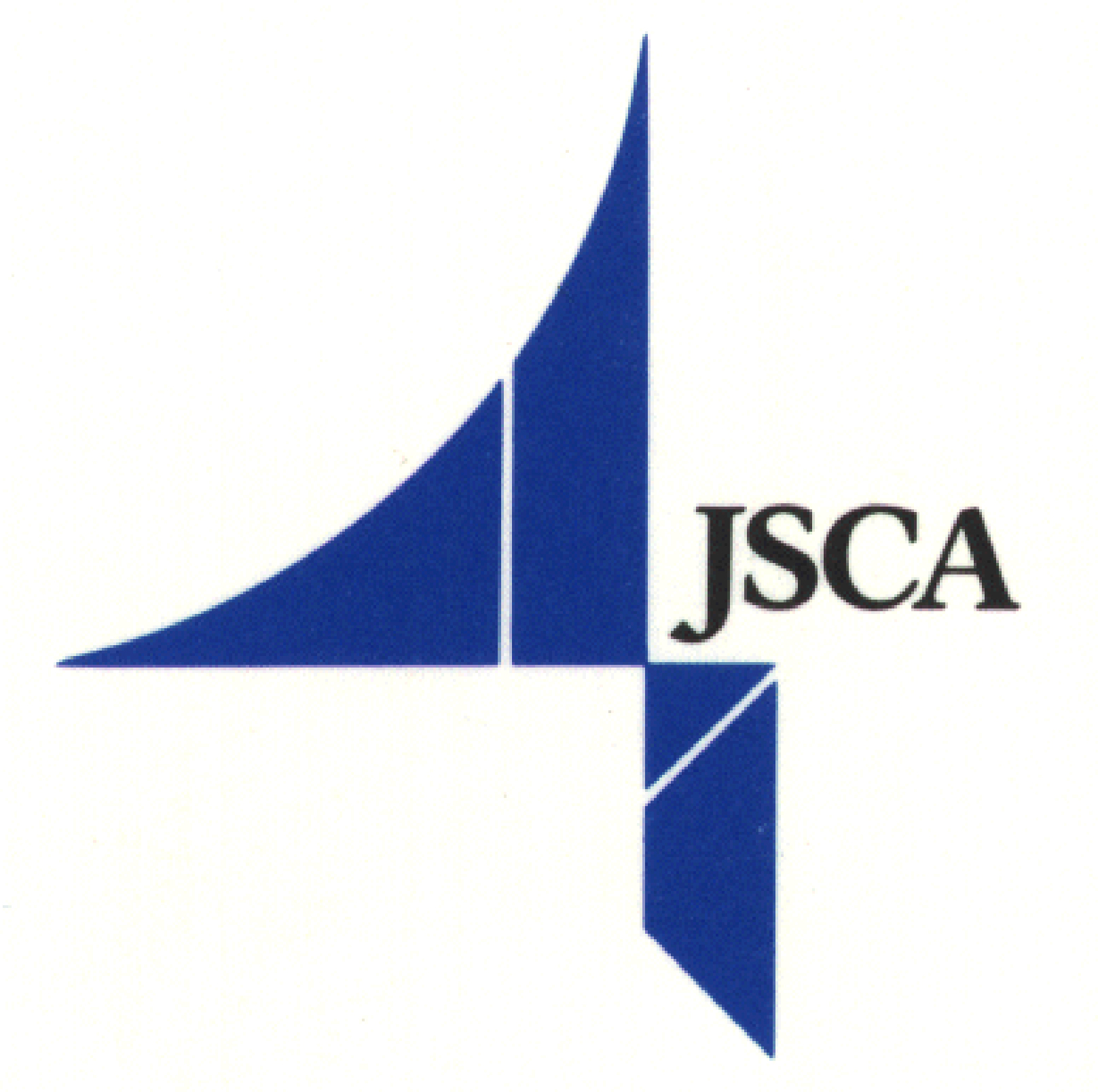 |
Japan Structural Consultants Association |
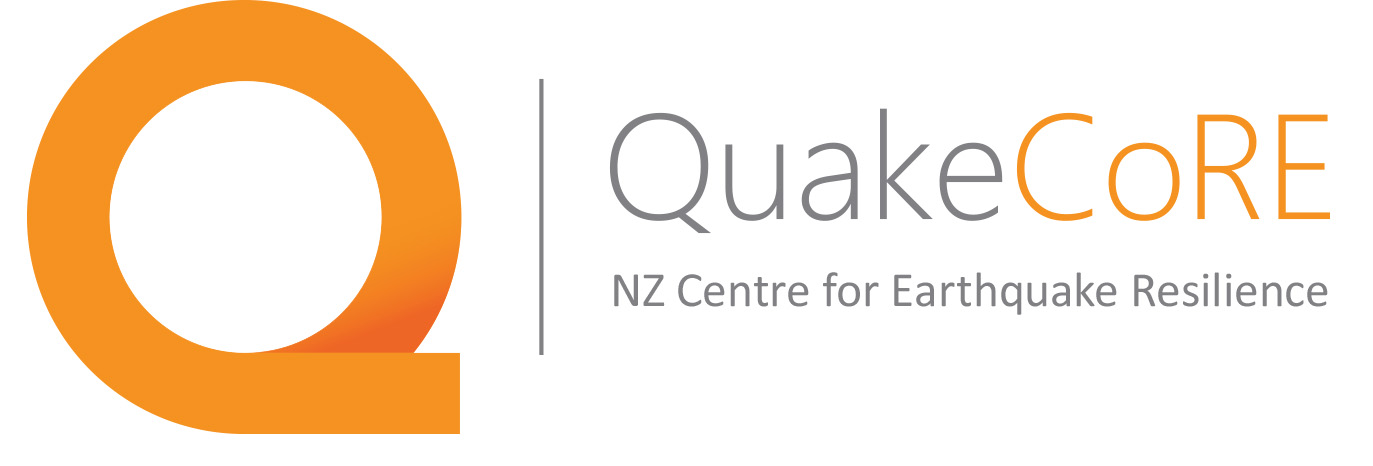 |
New Zealand Centre of Research Excellence (QuakeCoRE) |
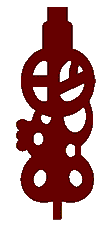 |
|
Please contact the Applied Technology Council with questions at 1-650-595-1542, or via e-mail by clicking This email address is being protected from spambots. You need JavaScript enabled to view it..


